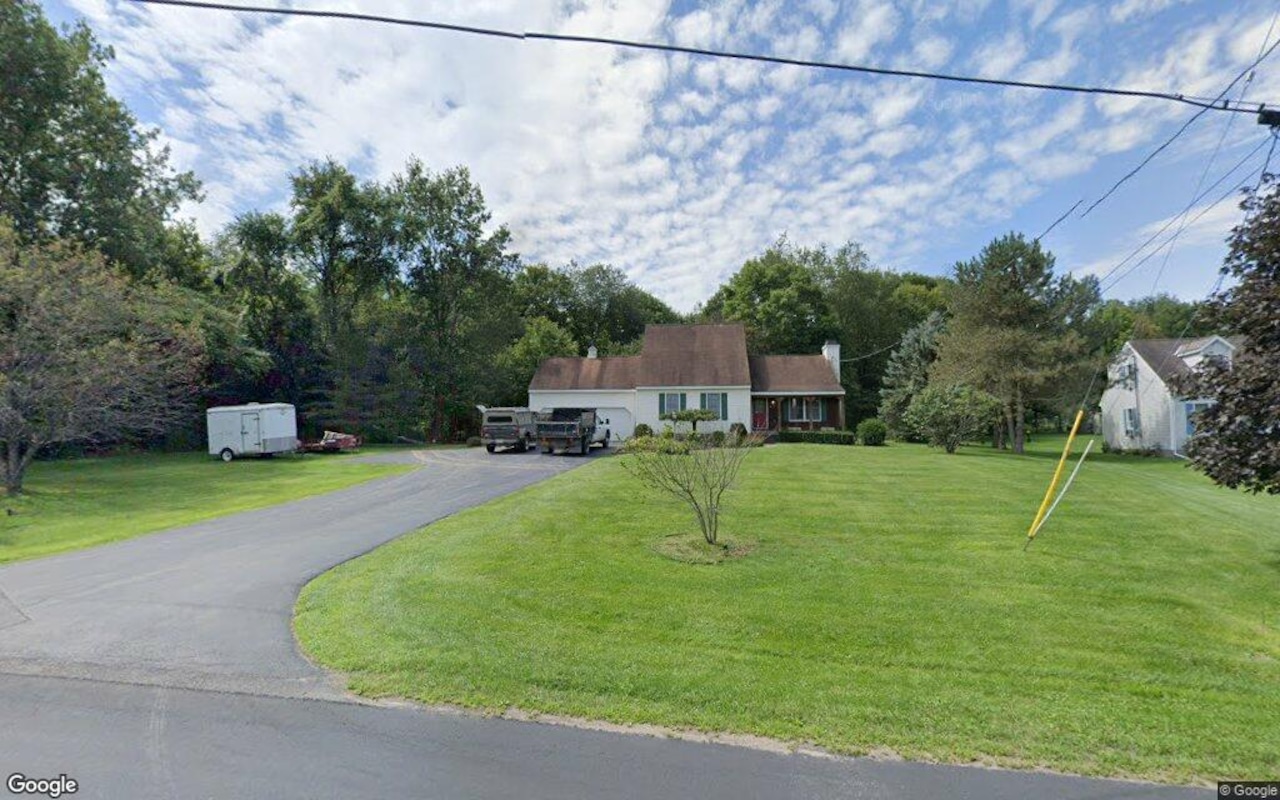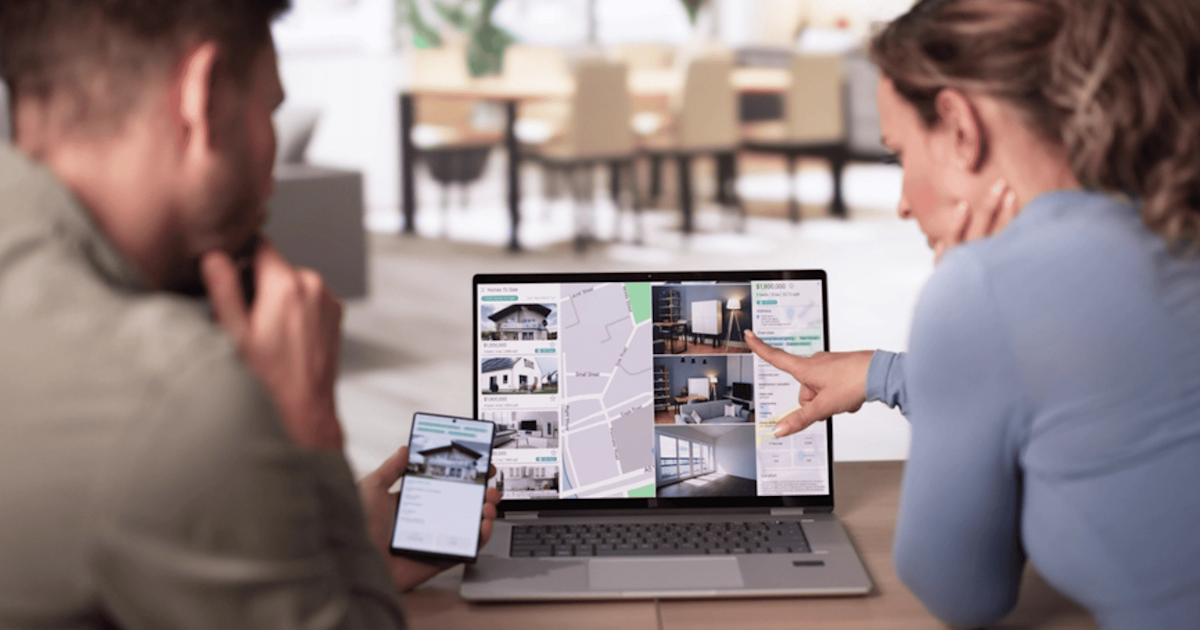F
orget traditional home inspections; a new era of property surveillance is unfolding above Australian suburbs, with significant implications for homeowners and prospective buyers. Insurance companies are increasingly deploying drones and aerial technologies to scrutinise properties from above, assessing everything from roof integrity to bushfire risks.
This 'eyes in the sky' approach is not just about faster claims processing; it's fundamentally reshaping how homes are valued, insured, and sold across the nation. Insurers are leveraging airborne cameras to photograph individual houses, primarily to inspect buildings after extreme weather events such as hailstorms or bushfires.
However, a more concerning trend for property owners is the use of these images to determine which homes are deemed too risky to insure, or to justify policy changes and non-renewals. In some cases, homeowners have been "blindsided by insurance policy non-renewals," often based on aerial images they argue are "inaccurate or misleading."
Companies like Near Space Labs are at the forefront of this technology, using stratospheric balloons to capture vast amounts of aerial imagery quickly. Closer to home, Australian insurance companies are increasingly utilising drones for property checks, encompassing both routine inspections and comprehensive risk assessments.
This can lead to policy adjustments or even denials for homeowners whose properties exhibit conditions deemed high-risk, such as poorly maintained roofs or inadequate insulation. The detailed, high-resolution imagery and 3D models provided by drones offer insurers a safer and more efficient method to assess damage following natural disasters like bushfires or floods.
The use of aerial imagery raises significant questions about transparency for Australian homeowners. Many are unaware their properties are being photographed, and they often lack easy access to these images, which are used to make critical decisions about their policies. Homeowners should have the right to challenge assessments based on potentially outdated or inaccurate imagery, providing proof of recent repairs or improvements.
The 'eyes in the sky' approach means that seemingly minor maintenance issues can now be easily identified and flagged by Australian insurers. This places a greater onus on homeowners to maintain their properties meticulously, not just for aesthetic reasons, but for insurability. A poorly maintained home could directly translate to higher premiums or even a refusal to insure, impacting its desirability in the market.
Ultimately, the 'eyes in the sky' are here to stay. For Australian homeowners and those looking to enter the property market, understanding the implications of this aerial surveillance is no longer optional. It's a critical factor that will increasingly influence property values, insurance costs, and the very viability of owning a home in certain locations across our vast continent.














